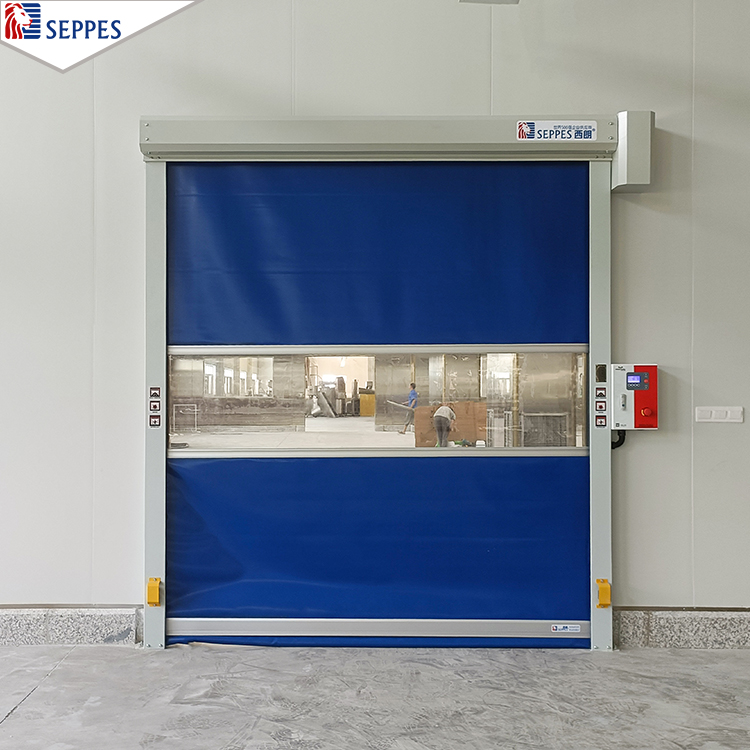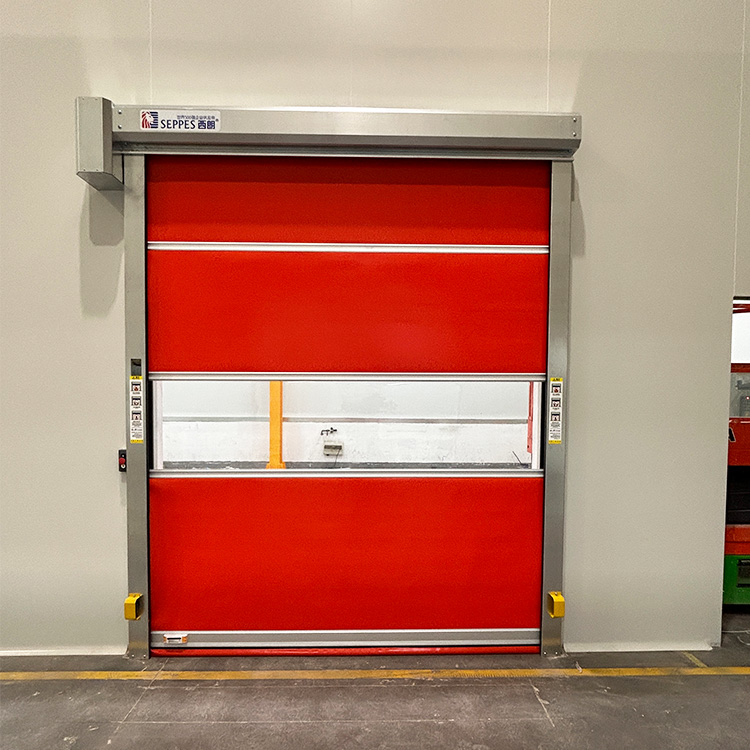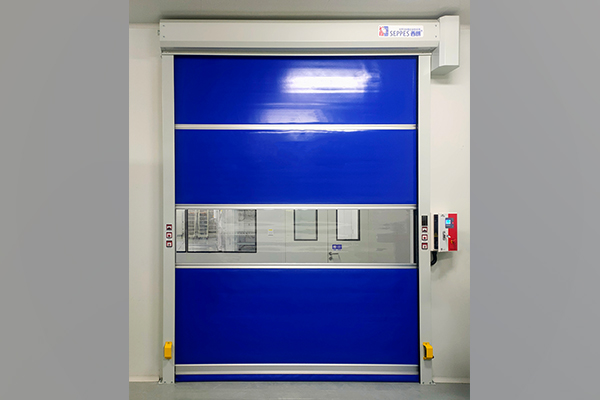In modern laboratories, maintaining an efficient, safe, and controlled environment is essential for both the integrity of research and the well-being of personnel. High-speed doors, also known as rapid-roll doors, offer an ideal solution for laboratories seeking to enhance operational efficiency while meeting stringent safety and environmental standards. Below are the key advantages of installing high-speed doors in laboratories.
1. Enhanced Temperature and Environmental Control
One of the primary benefits of high-speed doors in laboratories is their ability to improve temperature and environmental control. Many labs require strict temperature or humidity conditions to conduct sensitive experiments or store materials. High-speed doors minimize the amount of time they remain open, reducing the risk of temperature fluctuations and contamination. This fast sealing capability ensures that the internal environment remains stable, maintaining the quality of research and materials.
2. Improved Energy Efficiency
Energy conservation is a growing concern in laboratory settings, particularly in spaces that need to maintain specific environmental conditions. High-speed doors play a key role in reducing energy consumption by limiting the amount of time doors remain open. As these doors close quickly, they prevent conditioned air from escaping, reducing the load on HVAC systems. This not only lowers energy costs but also supports sustainability efforts within the laboratory by reducing carbon footprints.
3. Increased Safety and Security
Safety is a top priority in any laboratory, and high-speed doors enhance both physical and operational safety. Many high-speed doors are equipped with sensors that detect movement or obstructions, preventing accidents by automatically stopping or reversing the door’s movement. These features help ensure that personnel and equipment are protected from harm. Additionally, the quick closing of the doors can prevent unauthorized access to restricted areas, maintaining a higher level of security in the lab.
4. Improved Workflow and Productivity
High-speed doors significantly enhance the flow of materials and personnel in a laboratory environment. With their rapid opening and closing times, these doors streamline processes such as the movement of samples, equipment, and personnel between rooms or different sections of the lab. This efficiency reduces downtime and bottlenecks, allowing for a smoother workflow and improved productivity. In busy labs where quick transitions are crucial, high-speed doors help maintain momentum without unnecessary delays.

5. Durability and Low Maintenance
High-speed doors are built to withstand the frequent use and rigorous conditions typical in laboratory environments. Constructed from durable materials, these doors are designed for longevity, withstanding heavy traffic and environmental stresses. Additionally, high-speed doors require minimal maintenance compared to traditional doors, saving time and money on repairs and upkeep. The low maintenance requirements make them a cost-effective choice for laboratories looking to maximize operational efficiency without frequent service interruptions.
The installation of high-speed doors in laboratories offers a range of significant benefits, from enhancing environmental control and energy efficiency to improving safety and productivity. Their durability and low maintenance also make them a practical, long-term investment. As laboratories continue to evolve in complexity and demands, high-speed doors are becoming an essential component in creating a more efficient, secure, and sustainable environment for research and development activities.




Comment (0)